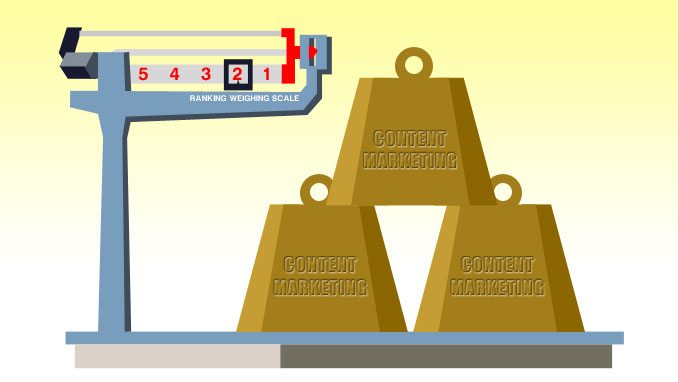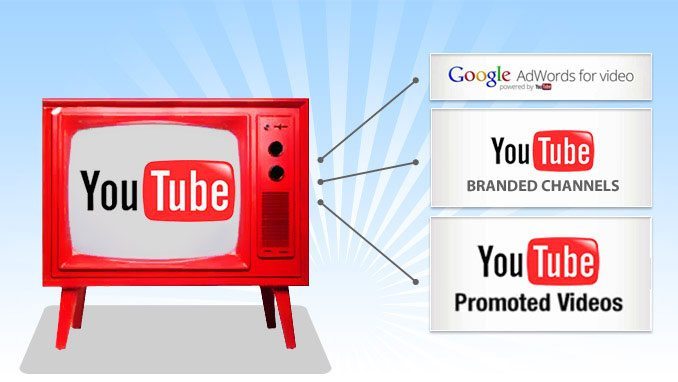When you think of SEO, you should think of content marketing. These competitive industry is about content being king and attracting visitors through the compelling content you can provide to your audience.
There are 27 million pieces of online content shared everyday. Major search engines are focusing on creating the best possible user experience, which means sites that offer relevant information stand to gain the most visibility on SERPs.
76% of marketers who have strategic SEO campaigns in place invest in content creation. They are investing $12.5 billion in online content alone.
The impact of social on SEO is even phenomenal; supporting the fact that social is SEO and content is social. Content even converts to search visitors as 61% of consumers are more likely to purchase goods from businesses that offer custom content.
Investing in original, creative, quality content creation is essential to SEO success in the current search climate, and the benefits of producing visitor-friendly content go far beyond rankings.
What’s happening in Google
Matt Cutts of Google revealed that sites that don’t validate well will be dinged by Google despite good content. “Just because somebody dots every “i” and crosses every “t” and gets all their HTML structure right, doesn’t mean that it’s good content,” he said.
“Even if you do brain-dead stupid things and shoot yourself in the foot, but have good content, we still want to return it,” he further added. In fact, Cutts said that Google tries to make it so that sites “don’t have to do SEO.” The first thing is content, and there’s no better reputation for having good SEO as content.
Authorship Support
Shortly after schema.org was introduced, Google announced support for HTML5 authorship markup in their algorithm. Essentially, this adds a new ranking and curating factor: you! In supporting the rel=author tag, Google is able to map content to its original author(s), which accomplishes two things:
- Adds a level of relevance for searchers to see content created by familiar or authoritative people, and
- Helps great, original content sources to keep the integrity of their rankings, preventing scraped or shared content from outranking the original post.
We’re being reminded that Google’s sole aim (and of other engines, as well) in search is to provide the best and most relevant experience to their users. Their ability to provide the best content was clearly a step above the rest.
SEO and content strategy meets in more ways than optimizing web pages with keywords. SEO and content strategy starts with understanding customer segments, behaviors and preferences for information discovery, consumption and sharing. Knowing what customers care about and how those concerns and interests manifest as search keywords and social topics folds very well into the keyword research practiced by professional SEO companies.
A good example is the utilization of rich snippets and their effect on click-through rates. Depending on the nature of the search, users can easily recognize the type of content and whether it’s relevant to their search.
Planning, creating, optimizing, promoting and engaging with content on topics that customers and target audiences care about is where modern SEO has evolved: Content Marketing Optimization.
But it’s also easy to get swept away by the sheer amount of information out there about the state of search, new SEO developments, new tactics, and so on. The solid way to success in SEO is and always will be to focus on great content.





